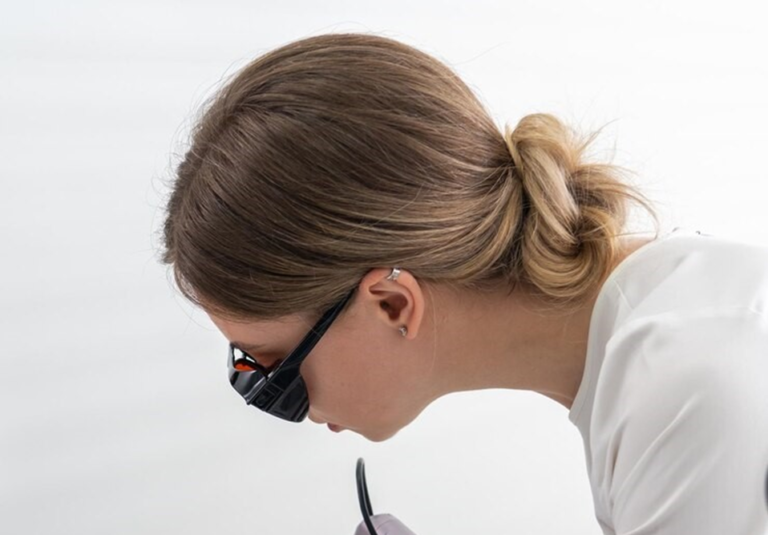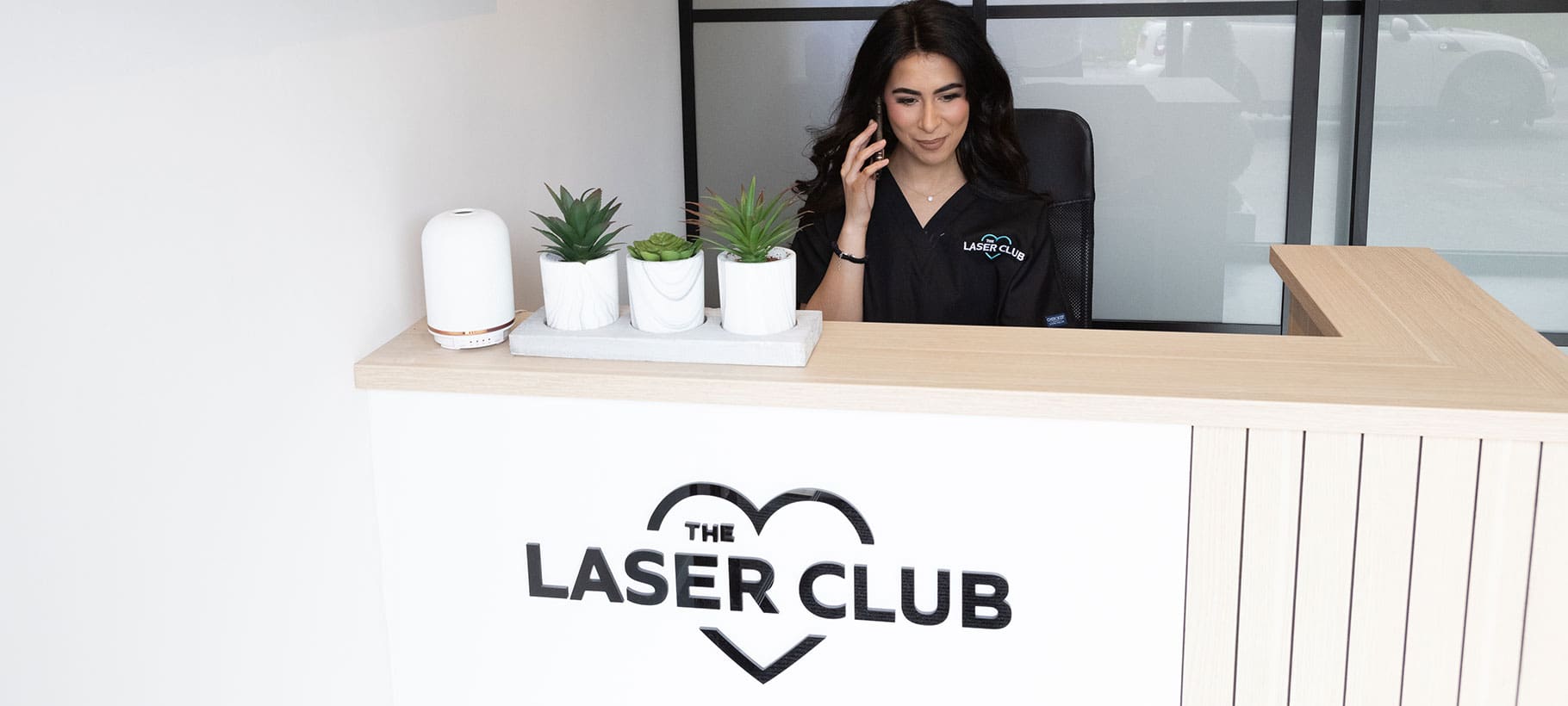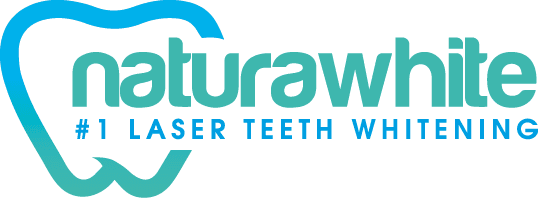
In recent years, tattoo regret has become increasingly common. Whether it’s an outdated design, a faded name, or something that no longer represents your personality, more people are turning to laser tattoo removal in Dublin as the most reliable solution. At Laser Club, we’re at the forefront of this revolution, offering state-of-the-art Pico laser technology designed to safely and effectively erase unwanted ink.
In this comprehensive guide, we’ll delve into the science behind laser tattoo removal, how it works, why it’s safe, and what makes Laser Club’s approach superior to others. We’ll also explore tips for successful removal and what to expect throughout the process.
Understanding Tattoo Ink: Why Removal Is So Complex
Tattoo ink is injected into the dermis, the second and deeper layer of your skin. Unlike surface-level pigment, this placement is intentional to ensure the tattoo’s permanence. Each ink particle is too large for your immune system to eliminate on its own—this is why tattoos can last a lifetime.
When you want to remove a tattoo, it’s not as simple as rubbing it off. The ink must be broken down into microscopic fragments that the body can safely process and eliminate. This is where laser technology comes in.
👉 Learn more about the skin and how our treatments target deeper layers in our treatments overview.
How Laser Tattoo Removal Works
Laser tattoo removal involves using pulses of concentrated light energy to target the ink. At Laser Club Dublin, we use cutting-edge Pico laser technology—a faster, more precise version of older Q-switched lasers.
What is Pico Laser Technology?
Pico laser machines emit bursts of energy measured in picoseconds (trillionths of a second). These rapid pulses penetrate the skin and target the ink particles, shattering them into tiny fragments that are small enough for your immune system to naturally eliminate over time.
Compared to older nanosecond lasers, Pico lasers:
- Work faster
- Require fewer sessions
- Cause less discomfort
- Are safe for all skin types
🔗 Learn more about our technology at Laser Tattoo Removal – Laser Club
Why Choose Laser Club in Dublin for Tattoo Removal?
Laser Club has quickly become a trusted name in laser aesthetics thanks to our high-end technology, experienced team, and exceptional customer care. Here’s what sets us apart:
- Medical-grade Pico laser machines
- VTCT-certified laser technicians
- Flexible 0% finance packages
- Safe, clean, and modern clinic environments
- Tailored consultations and patch testing
- Realistic advice and transparent pricing
We specialise not only in conventional tattoos but also in the removal of semi-permanent makeup such as microblading and lip tattoos. Learn why this treatment is trending on our blog about microblading removal.
What Happens During a Laser Tattoo Removal Session?
Step-by-Step Process
- Consultation & Patch Test
Every journey at Laser Club starts with a one-on-one consultation where we assess your tattoo, skin type, and medical history. A patch test follows to determine the appropriate laser intensity. - The Treatment
The laser device is moved across your tattoo, delivering quick pulses of light. Each colour absorbs different wavelengths, so settings may vary throughout the session. - Immediate Aftercare
You’ll experience temporary redness, swelling, or frosting (a white appearance on the tattoo). We apply a cooling solution and sterile bandages to protect your skin.
Duration & Frequency
A single session typically lasts 15–30 minutes, depending on the tattoo’s size and complexity. Most clients require between 6 to 12 sessions, spaced out over 6–8 weeks, to achieve complete removal.
Factors That Affect Tattoo Removal Success
Not all tattoos are created equal. Here are some factors that influence the removal process:
1. Ink Colour
- Black and dark blue are easiest to remove
- Green, yellow, and red pigments are more stubborn and require additional sessions
2. Tattoo Depth & Age
Older tattoos tend to fade easier because the ink has already started breaking down. Amateur tattoos usually sit closer to the skin surface, making them easier to treat than professional ones.
3. Skin Tone
Thanks to the precision of Pico technology, all skin types can be treated safely. However, laser intensity may be adjusted to prevent hyperpigmentation or scarring in deeper skin tones.
4. Location on Body
Areas with better blood flow, such as the neck and arms, tend to heal faster and show quicker results compared to ankles or feet.
Aftercare Tips for Optimal Results
Proper aftercare plays a vital role in the success of your tattoo removal journey. Here’s how to maximise results:
- Keep the area clean and dry – Gently wash and pat dry with clean hands
- Avoid sun exposure – Wear SPF 50+ for at least two weeks post-treatment
- Stay hydrated – A stronger immune system speeds up ink elimination
- Avoid picking or scratching – Let scabs fall off naturally to prevent scarring
- Avoid excessive sweating – No gym or saunas for 48–72 hours
💡 Wondering if laser treatments are suitable for teens? Read our insightful article on teenage laser hair removal and considerations around age.
Common Questions About Tattoo Removal
Is Tattoo Removal Painful?
The sensation is often described as a rubber band snap or a hot pin prick. At Laser Club, we offer numbing cream or cooling options to minimise discomfort.
Are There Any Side Effects?
Side effects are minimal and typically temporary, including:
- Redness
- Swelling
- Skin whitening (resolves within 6-12 months)
- Blistering (rare and treatable)
Our advanced lasers reduce the risk of scarring compared to outdated methods.
Tattoo Removal Before and After: What to Expect
Results vary based on your skin type, tattoo characteristics, and overall health. Here’s a general timeline:
- 1–2 sessions: Noticeable fading of outlines
- 3–5 sessions: Mid-level ink starts breaking up
- 6+ sessions: Deep ink, colour tattoos, and larger pieces start to vanish
Check out our before & after gallery during your in-clinic consultation to see real results from our Dublin clients.
Final Thoughts: Say Goodbye to Ink, Hello to Clear Skin
Laser tattoo removal has come a long way thanks to modern science. At Laser Club Dublin, we pride ourselves on offering safe, pain-minimised, and highly effective solutions tailored to your needs.
Whether you’re looking to erase a mistake, make space for new ink, or start fresh—our advanced Pico laser technology and expert technicians are here to help every step of the way.
Frequently Asked Questions (FAQs) About Laser Tattoo Removal
Is laser tattoo removal safe?
Yes, when performed correctly, laser tattoo removal is a safe, non-invasive treatment. At Laser Club, all treatments are conducted by VTCT-certified professionals using medical-grade equipment in a clean, regulated environment. We also perform a full consultation and patch test before your first session to ensure your skin responds well.
How many sessions will I need?
The number of sessions varies depending on several factors:
- Tattoo size and age
- Depth and type of ink used
- Location on the body
- Skin tone and type
- Your immune response
On average, most clients require between 6 to 12 sessions, spaced 6 to 8 weeks apart for optimal fading.
Does laser tattoo removal hurt?
Most clients describe the sensation as similar to the snap of an elastic band or mild pinpricks. The discomfort is brief, as sessions are relatively short. At Laser Club, we offer cooling techniques and numbing cream options to make your experience as comfortable as possible.
What are the possible side effects?
Common and temporary side effects include:
- Redness
- Swelling
- Mild blistering
- Temporary lightening or darkening of the skin
These usually resolve within a few days to weeks. Scarring is extremely rare when proper aftercare is followed and treatments are spaced appropriately.
Can all tattoo colours be removed?
Yes, but results can vary. Black ink responds best to laser removal as it absorbs all light wavelengths. Colours like green, blue, yellow, and red can be more resistant and may require more sessions. Our Pico laser technology is particularly effective at targeting stubborn colours, offering better results than traditional lasers.
Can you remove semi-permanent makeup or microblading?
Absolutely. We specialise in removing microblading, lip liner tattoos, and other forms of cosmetic tattooing using a tailored approach that protects delicate facial skin. Learn more in our article on why microblading removal is becoming so popular.
What should I do after a treatment?
Aftercare is essential for a successful outcome. Key steps include:
- Keep the treated area clean and dry
- Avoid sun exposure and apply SPF 50+ when outdoors
- Do not pick or scratch the skin
- Avoid saunas, gyms, or intense sweating for 48–72 hours
- Stay hydrated and healthy to support your immune system
We provide full aftercare instructions after each session.
Can I get a new tattoo over the treated area?
Yes, many clients choose laser tattoo removal to fade an old tattoo in preparation for a cover-up. Once the area has healed and the ink has sufficiently faded, you can safely get a new tattoo. Your technician will advise you on timing based on your progress.







